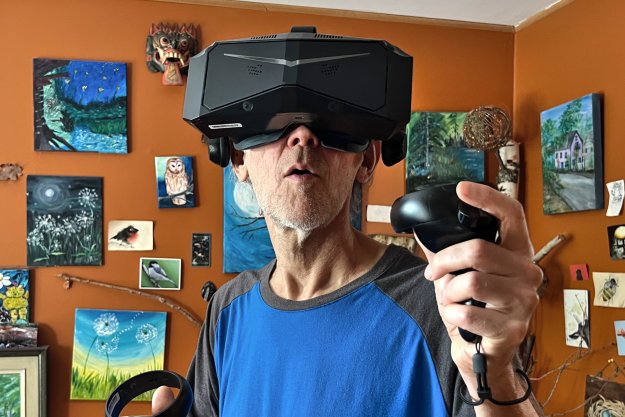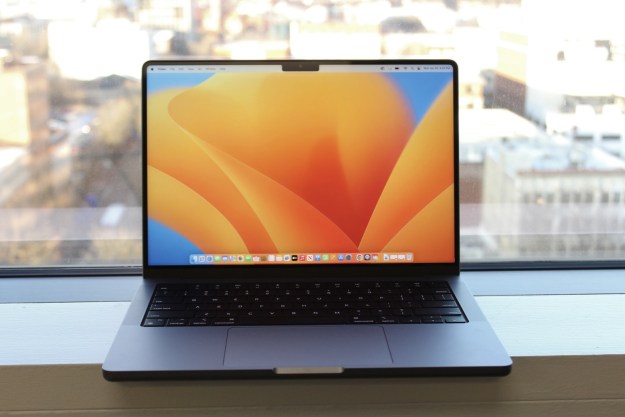
General Dynamics Itronix has announced its GoBook VR-2, a semi-rugged notebook computer designed to stand up to the bumps and grit of mobile computing. Made with the needs of mobile workers in mind – field service, public safety, military applications, and commercial endeavors – the offers touchscreen computing, wireless connectivity, and Core 2 Duo processing in a tough-yet-ergonomic package.
"This next-generation semi-rugged product represents the culmination of our expertise in designed-in ruggedness, integrated wireless capabilities and performance, with cutting-edge display innovation for unparalleled outdoor touchscreen display viewability," said Ben Thacker, General Dynamics Itronix’s VP of strategic marketing. "Based on customer input, these features were designed to deliver a best-in-class, semi-rugged notebook that is flexible and well suited for vehicle-based and office-based mobile workers."
The GoBook VR-2 offers an Intel Core 2 Duo T7300 processor running at 2 GHz, support for up to 4 GB of RAM (512 MB standard), and a 13.3-inch 1,024 by 768 pixel touchscreen display featuring DynaVue display technology which is supposed to offer better outdoor visibility than a 1,000-not display. The notebook features support for up to four wireless connectivity technologies including Wi-Fi, cellular data, embedded GPS, and Bluetooth, and sports 802.11a/g/n Wi-FI, an integrated fingerprint scanner and Smartcard reader, Trusted Platform Module 1.2, a two-level BIOS security feature (available by August 2007), and an easily removable hard drive to simplify securing data. All this is tucked in a magnesium alloy housing with shock mounting and a spill-resistant keyboard. The GoBook VR-2 also offers the best drop protection in the semi-rugged notebook market (up to 30 inches) and meets military specs for temperature, dust, and humidity for fully rugged systems.
The GoBook VR-2 is available immediately with prices starting at $3,500; a custom vehicle dock is also available for $499.
Editors' Recommendations
- Best Buy’s deal of the day is $150 off the MacBook Air M2
- The 2023 MacBook Air with M2 has a significant discount today
- Why the MacBook Air is still stuck on the M2
- Is the MacBook Pro 14 still better than the Surface Laptop Studio 2?
- The Surface Laptop Go 3 is no match for the MacBook Air


